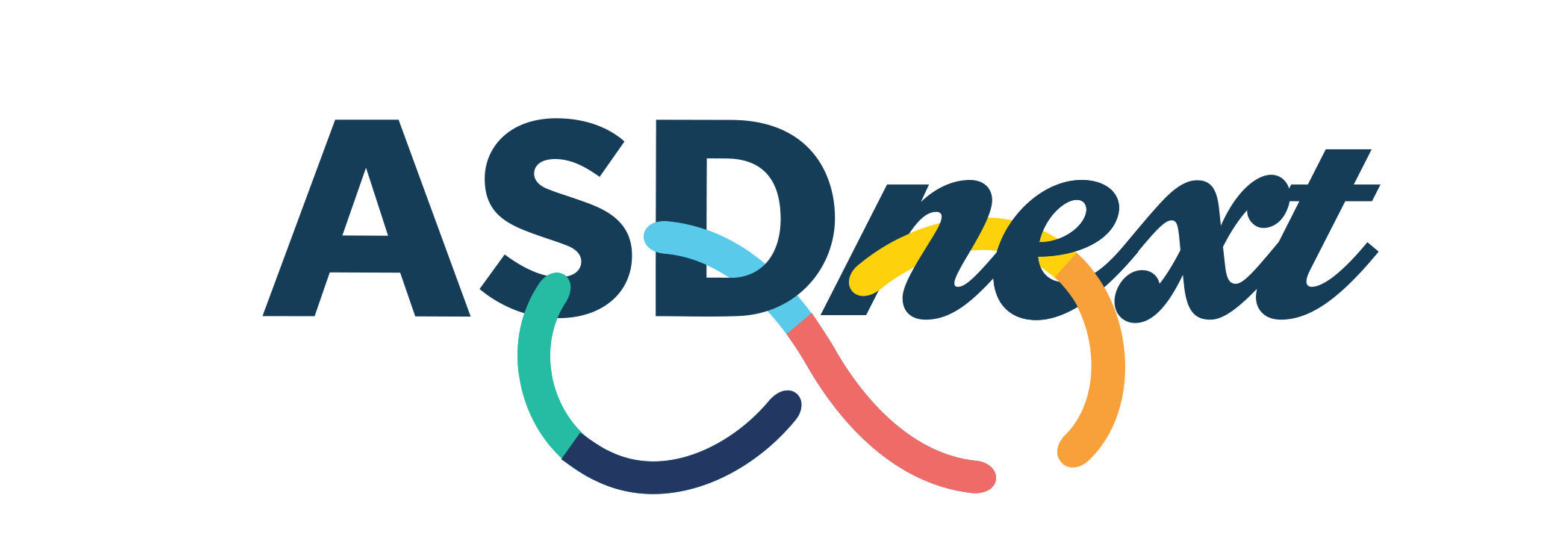Presented by John J. McGonigle, Ph.D., Western ASERT
This presentation uses case studies to present best practice approaches in assessment and developing and implementing treatment, habilitative, and support plans for persons with Autism Spectrum Disorder (ASD) and co-occurring psychiatric diagnosis. The cases present individuals with varying needs to represent the diverse population professionals may find themselves supporting.
Presented by Susan Schonfeld, in collaboration with Eastern ASERT
Led by the Eastern Region, ASERT is working on a set of initiatives to support individuals with autism in finding and maintaining employment. Community Integrated Services (CIS) is one of the providers of employment support services assisting ASERT in this project. During this presentation, Susan Schonfeld, the Executive Director of CIS, will be outlining strategies for employment services and discussing the driving philosophy behind communities employment. She will describe effective person-centered employment planning and discovery strategies, and share examples of successful employment opportunities for people with ASD.
Presented by Michael J. Murray, M.D., Central ASERT
Strong case conceptualization skills are invaluable in determining and coordinating the complex care needs of Individuals with Autism Spectrum Disorder (ASD). In this presentation, findings from the Autism Life Care Model (ALCM), an ASERT project, will be used to highlight key points. The importance of holistic assessment of individuals across key functional domains as a means of determining treatment priorities which are person-driven and family-centric will be highlighted using case materials from participants in ALCM. Participants in this session will gain experience interpreting assessment materials to compose comprehensive case conceptualizations which can lead to well informed and guided decision making for individuals and their support systems as they determine areas of treatment priorities.
Presented by Al Condeluci, Ph.D.
All of us are interested in a better community where all people are safe, have an opportunity for accessible and affordable homes, jobs or meaningful daytime opportunities and lifestyles of their choice. In spite of our many years of work on this goal, the outcomes in this area are still not satisfactory for people who are vulnerable due to disability or other compromises. Many of these vulnerable people, children and adults, find themselves in isolated situations with limited options for friendships and important social relationships. Many times these vulnerable people become victims of abuse and neglect. This presentation takes a close look at the reasons why our systems have not been more successful in these goals, defines and delineates the concept of social capital, and offers a community building perspective designed to shift the culture to be more inclusive and supportive to all people.
This presentation offers an introduction to supporting individuals with autism in learning self-advocacy skills. Topics include learning the three basic steps of self-advocacy, identifying the indicators and measures for self-advocacy skill development, and review of five self-advocacy skill areas (social, sensory, special interests, disclosure, and civil rights/entitlements). Specific training will be on implementing the ISA Sensory and Social Scans®. The presentation includes assessment tools, supports for the development of individual service plan goals that foster self-advocacy ability, support in functional behavioral assessment, and implementation strategies for the Integrated Self Advocacy ISA® Curriculum.
Presented by Jose Velasco
The SAP Autism at Work Program has an objective to have 1% of its workforce represented by people in the autism spectrum. This translates to about 650 positions. Join Jose Velasco, head of the Autism at Work Program in the U.S., and learn how this unique program provides business value to SAP by leveraging abilities of people on the autism spectrum. Topics that will be discussed are: how private/public sector partnerships are working to provide employment opportunities for people with autism; the structure of a global program that supports an objective of having 1% of its workforce represented by people with autism; and lessons from the first year and a half of the program’s operation.





